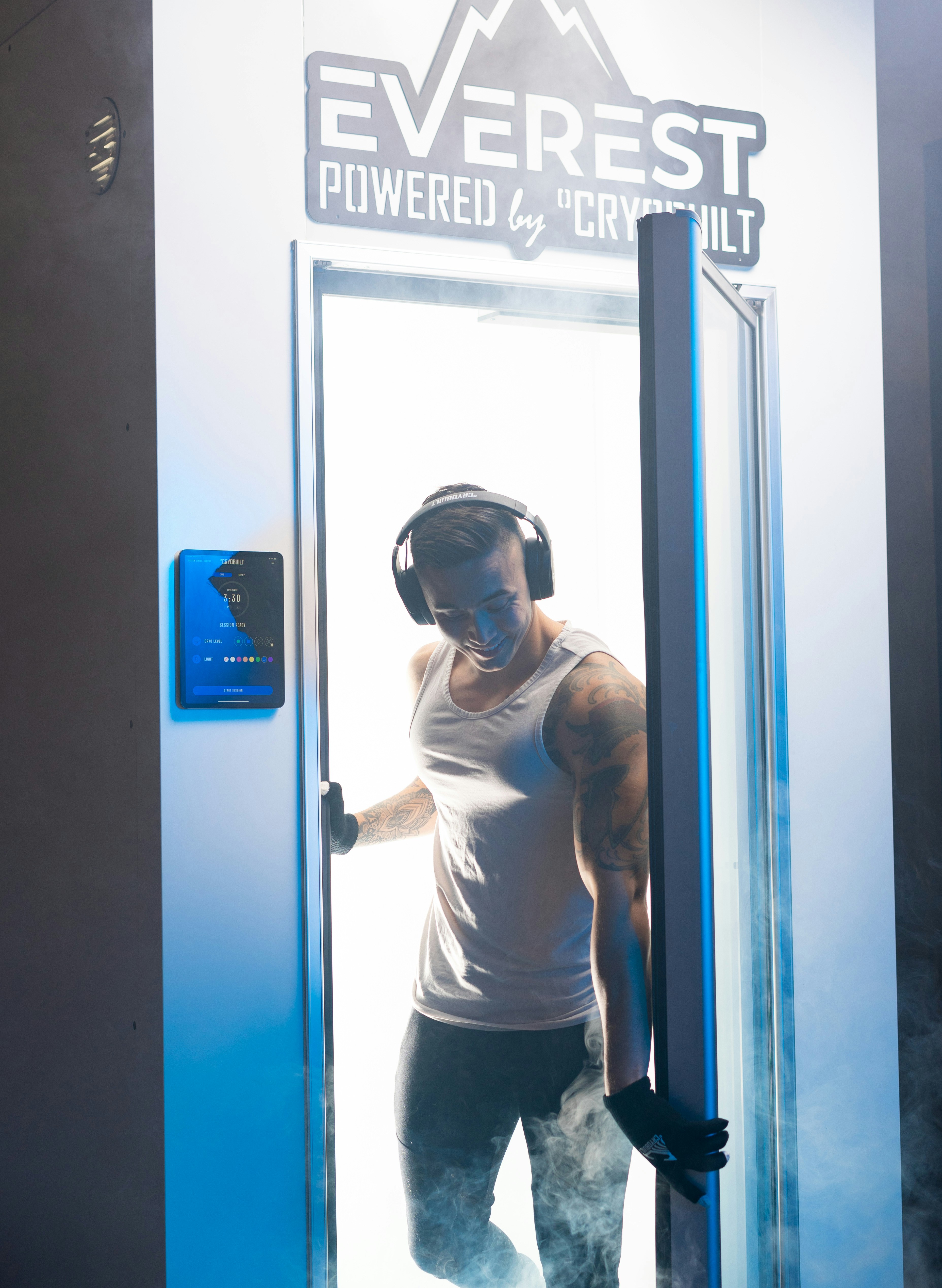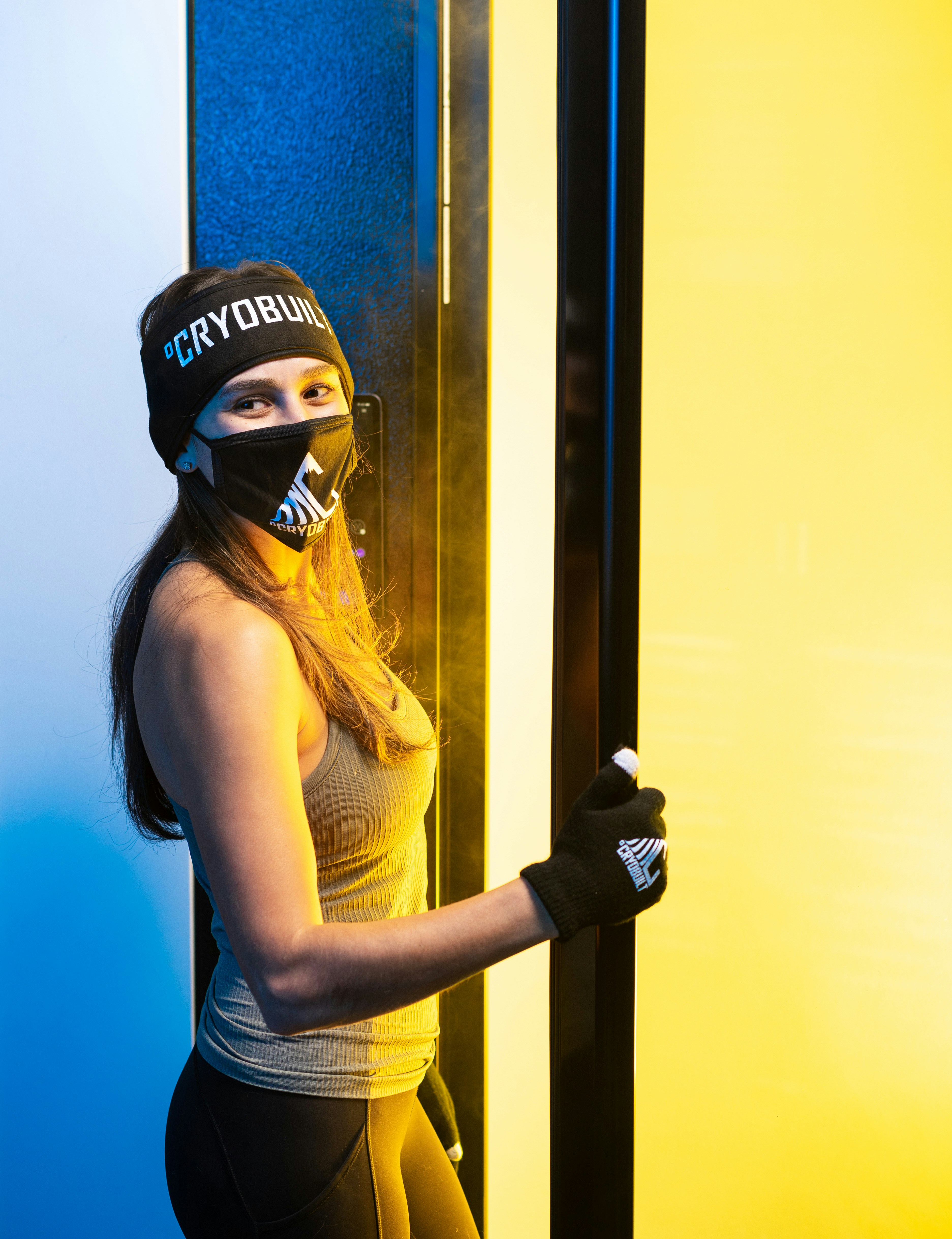Have you ever wondered how to track your improvement in cold plunge therapy?
Understanding Cold Plunge Therapy
Cold plunge therapy, often regarded as an invigorating treatment, involves immersing yourself in cold water. Many people have embraced this practice for its reported benefits, which range from reduced inflammation to improved mental clarity. But, as with any treatment, measuring progress isn’t always straightforward. How do you know if you’re truly benefiting from these often chilly sessions?
The Basics of Cold Plunge Therapy
Getting started with cold plunge therapy doesn’t require much in terms of equipment—just a body of cold water and a willingness to see through that initial shock. Whether you’re using a dedicated plunge pool or simply braving an icy bath in your tub, the principles remain the same. The key idea behind cold plunge therapy is subjecting your body to low temperatures, which can spur several physiological responses intended to promote overall well-being.
The Science Behind Cold Plunge Therapy
While it might sound intimidating, there’s a scientific basis to suggest cold water immersion could be beneficial. When you expose your body to cold, the blood vessels constrict, leading to a faster pulse and subsequent acceleration of blood circulation once you’re out of the water. This process can potentially help with muscle recovery, reduce swelling, and even enhance mood by prompting the release of endorphins—the body’s natural “feel good” hormones.
Why Measuring Progress Matters
Engaging in cold plunge therapy without tracking progress is like driving a car without a speedometer; you’re moving, but you’re not sure how fast or if you’re heading in the right direction. Measuring progress provides you with tangible evidence of your improvements, keeps you motivated, and helps refine your approach to reap maximum benefits.
Setting Clear Goals
Before you start plunging, it’s important to set realistic and clear goals for what you want to achieve. Is it faster muscle recovery, heightened mental alertness, or just a better overall mood? Whatever your objective, defining it clearly allows you to track progress effectively. Ensure these goals are specific, measurable, achievable, relevant, and time-bound (SMART).
Examples of SMART Goals
| Goal | Specifics |
|---|---|
| Reduced Muscle Soreness | Experience less soreness after workouts within one month. |
| Improved Focus | Enhance concentration during work hours by two weeks. |
| Better Sleep | Increase the duration and quality of sleep within a month. |
Methods to Measure Your Progress
Several methods can help you assess how well your cold plunge therapy journey is going. Each provides unique insights, and combining them can offer a comprehensive view of your advancements.
Keep a Journal
Recording your experiences and observations in a journal is one of the easiest and most effective ways to track progress. Note down how you feel before and after your sessions, any changes in mood, energy levels, or physical recovery, and any challenges or triumphs you encounter. Over time, this record can help highlight trends and shifts you might not immediately notice.
Monitor Physical Changes
Consider tracking measurable physical changes, such as muscle soreness or swelling. You can use a simple scale of 1 to 10 to gauge pain levels. Additionally, note any differences in how your body feels during physical activities, such as workouts or even daily tasks, to see if there are improvements in endurance or recovery.
Assess Emotional and Mental Shifts
Assessing changes in your mental and emotional well-being can be a bit more subjective but no less crucial. Reflect on your mood states before and after cold plunge sessions. Are you feeling more content, less stressed, or possibly braver? Pay attention to these shifts, and note them down in your journal.
Check Sleep Patterns
Quality of sleep is another key indicator of progress. If one of your goals involves enhancing sleep, monitoring patterns can offer insightful data. Use sleep tracking apps or devices to record your sleep duration and quality before and after engaging in cold plunge therapy frequently.
Measure Vital Signs
For a more quantitative approach, consider measuring vital signs such as heart rate or blood pressure. These physiological indicators can provide a window into how your body is responding to the cold exposure. Discuss with your healthcare provider the best ways to track these signs if needed.
Frequency and Duration: Finding the Sweet Spot
Knowing how often and how long to practice cold plunge therapy is another crucial part of tracking progress. Overdoing it might lead to discomfort or setbacks, while too little might not yield noticeable benefits.
Ideal Frequency
Most experts recommend starting with one to three sessions a week and monitoring how your body responds. As you acclimate, you may gradually increase your frequency.
| Frequency Level | Description |
|---|---|
| Beginner | 1 session per week |
| Intermediate | 2-3 sessions per week |
| Advanced | 4-5+ sessions per week as comfort allows |
Duration of Sessions
Initially, keep the sessions short, ranging from 30 seconds to a couple of minutes. As your tolerance builds and you become more in tune with your physical and emotional responses, you can extend the duration.
Overcoming Challenges
Like any therapy, cold plunging is not without its challenges. You might encounter resistance, both mental and physical, as you engage with the icy waters. However, recognizing and addressing these obstacles is a part of the journey.
Mental Barriers
Anticipating the shock of cold water can deter participation. Combat this mindset by preparing mentally before each plunge. Visualization techniques, focusing on breathing, and reminding yourself of the benefits can fortify your resolve.
Physical Discomfort
Physical discomfort is a natural part of cold water immersion, but tuning into your body’s signals is crucial. Gradual exposure can help your adaptation. If discomfort persists or you experience any severe reactions, consider seeking advice from a professional or adjusting your approach.
Personalizing Your Cold Plunge Therapy
There isn’t a one-size-fits-all approach to cold plunge therapy. Your unique goals, experience, and body’s reaction dictate the best path for you. Personalizing your strategy ensures you gain the most benefit and keep progressing effectively.
Tailor Your Routine
Create a routine that fits seamlessly into your lifestyle. Whether it’s a morning ritual or a post-gym cooldown, find when you have the time and motivation to commit. Adjust the duration and frequency based on the feedback your body gives you.
Pair with Other Practices
Cold plunge therapy can work harmoniously with other wellness practices. Complementing it with some light stretching or meditation can enhance the benefits and help you further unwind and absorb the effects.
Evaluating Progress: When to Reassess
Regular assessment of your progress helps ensure you’re on the right track and making the most out of your therapy. Set intervals to re-evaluate your goals, methods, and overall results.
Scheduled Check-Ins
Plan for routine check-ins, possibly every month, to review your initial goals and journal entries. Identify what’s working, what isn’t, and where adjustments might be beneficial. This periodical reflection can encourage continuous improvement and motivation.
Seeking Professional Guidance
Consulting with healthcare professionals, especially those familiar with cold plunge therapy, can provide additional insights into your progress and advice on advancing safely. They can help interpret any physical data you collect and guide you on a path aligned with your health needs.
Conclusion
Cold plunge therapy is a journey of personal growth and discovery as much as it is about physical recovery and mental well-being. By setting clear goals, employing thoughtful tracking, and regularly reassessing your journey, you can harness the power of this icy endeavor. As with any wellness routine, remain patient, listen to your body’s cues, and enjoy the icy adventure at your own pace. Remember, progress isn’t just measured in temperature drops but in subtle, cumulative transformations.





